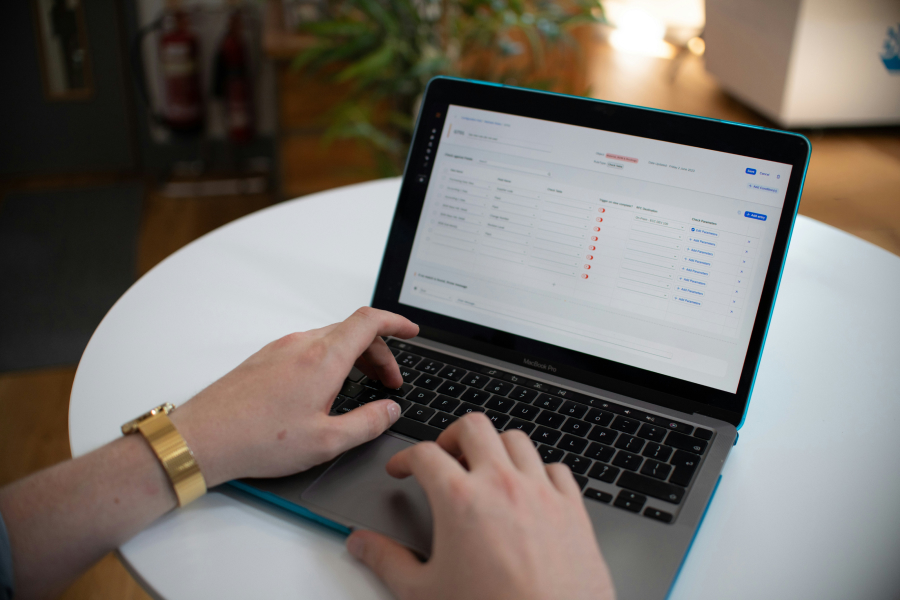Top ROI Metrics to Track After Epicor Kinetic Shopify Integration
3 min read ● Silk Team
In today’s fast-paced eCommerce landscape, seamless integration between front-end sales platforms and back-end ERP systems is critical for businesses seeking operational efficiency and growth. For businesses using Shopify as their online store and Epicor Kinetic as their ERP solution, integrating the two systems offers tremendous benefits. However, to truly understand its value, it’s necessary to carefully track relevant return on investment (ROI) metrics.
If you’re considering or have already implemented the Epicor Kinetic Shopify integration, this article will walk you through the key ROI metrics you should monitor. This will help you quantify benefits, streamline processes, and ultimately make smarter business decisions.
What is the Epicor Kinetic Shopify integration?
Before diving into ROI metrics, it’s important to understand the value of the integration itself. Shopify offers an intuitive platform for managing your ecommerce store, including product listings, customer interactions, and order fulfillment. Epicor Kinetic is a robust ERP system that handles critical back-office functions like inventory management, order fulfillment, finance, and manufacturing. The Epicor Kinetic Shopify integration automates the flow of data between sales and operations systems, eliminating manual data entry, reducing errors, accelerating order fulfillment, synchronizing inventory levels, and improving visibility across departments.
Why measure ROI after integration? Implementing the Epicor Kinetic Shopify integration requires an investment in time, technology, and sometimes consulting services. To justify these costs and further optimize your operations, measuring ROI is essential. By monitoring the right metrics, you can:
- Identify cost savings from automation
- Identify productivity gains
- Understand improvements in customer experience
- Make informed decisions for future scaling.
Key Metrics to Monitor Post-Integration:
1. Order Fulfillment Time
One of the most immediate benefits of this integration is the reduction in order fulfillment time. Before the integration, manually entering Shopify order data into Epicor Kinetic could cause delays. After the integration, data syncing happens automatically, so measuring the average time from order to fulfillment provides a clear metric for process efficiency.
How to Measure: Compare average order fulfillment times before and after the integration using Shopify and Epicor Kinetic timestamps.
2. Inventory Accuracy and Turnover
Accurate inventory management is critical to avoiding stockouts or overstocks. The integration ensures real-time synchronization of inventory data between Shopify and Epicor Kinetic. Inventory accuracy reduces shrinkage and improves replenishment.
How to Measure: Monitor discrepancies in inventory records and calculate inventory turns by comparing pre- and post-integration data.
3. Order Fill Rate
System integration streamlines order tracking and fulfillment. The ability to seamlessly track orders means fewer delays and errors, which directly impacts customer satisfaction.
How to Measure: Track the percentage of orders that are completed within the promised timeframe and notice improvements after integration.
4. Reduction in Labor Costs
Automation results in fewer manual tasks, freeing up employees for higher-value work. Quantify labor cost savings by measuring hours spent on order entry, inventory updates, and reconciliation before and after integration.
How to Measure: Use time tracking tools or employee entries to estimate hours saved and turn them into cost savings.
5. Sales Growth and Upselling Opportunities
With improved data synchronization, you can better leverage customer data in Epicor Kinetic to develop personalized marketing and upselling strategies in Shopify.
How to Measure: Analyze sales trends, average order value, and repeat purchase frequency by comparing records over similar time periods before and after integration.
6. Error Rates and Customer Complaints
Manual order processing often leads to errors or fulfillment issues. Integration reduces human error, contributing to a better customer experience.
How to Measure: Track the number of errors, returns, or customer complaints related to order processing before and after integration.
Maximize ROI through Continuous Monitoring
Tracking these metrics isn’t a one-time task. Through continuous measurement, your business can identify inefficiencies, adjust workflows, and regularly improve customer satisfaction. Dashboards that combine Shopify sales data and Epicor Kinetic operational metrics provide comprehensive, real-time insights. Additionally, sharing these metrics with key stakeholders promotes team alignment and encourages collaboration to further optimize performance.
Bottom Line: The Epicor Kinetic Shopify integration is more than just a technical upgrade—it’s a strategy that, when measured correctly, generates significant ROI through operational efficiencies, cost savings, and a better customer experience. By focusing on critical metrics like order processing time, inventory accuracy, fulfillment rates, and labor costs, businesses can not only validate their investments but also use data-driven insights to drive growth.
If you’re ready to optimize your ecommerce operations with the seamless integration of Shopify and Epicor Kinetic, start tracking these metrics today and unlock the full potential of your integrated systems. To learn more about ERP and ecommerce integrations, check out our

